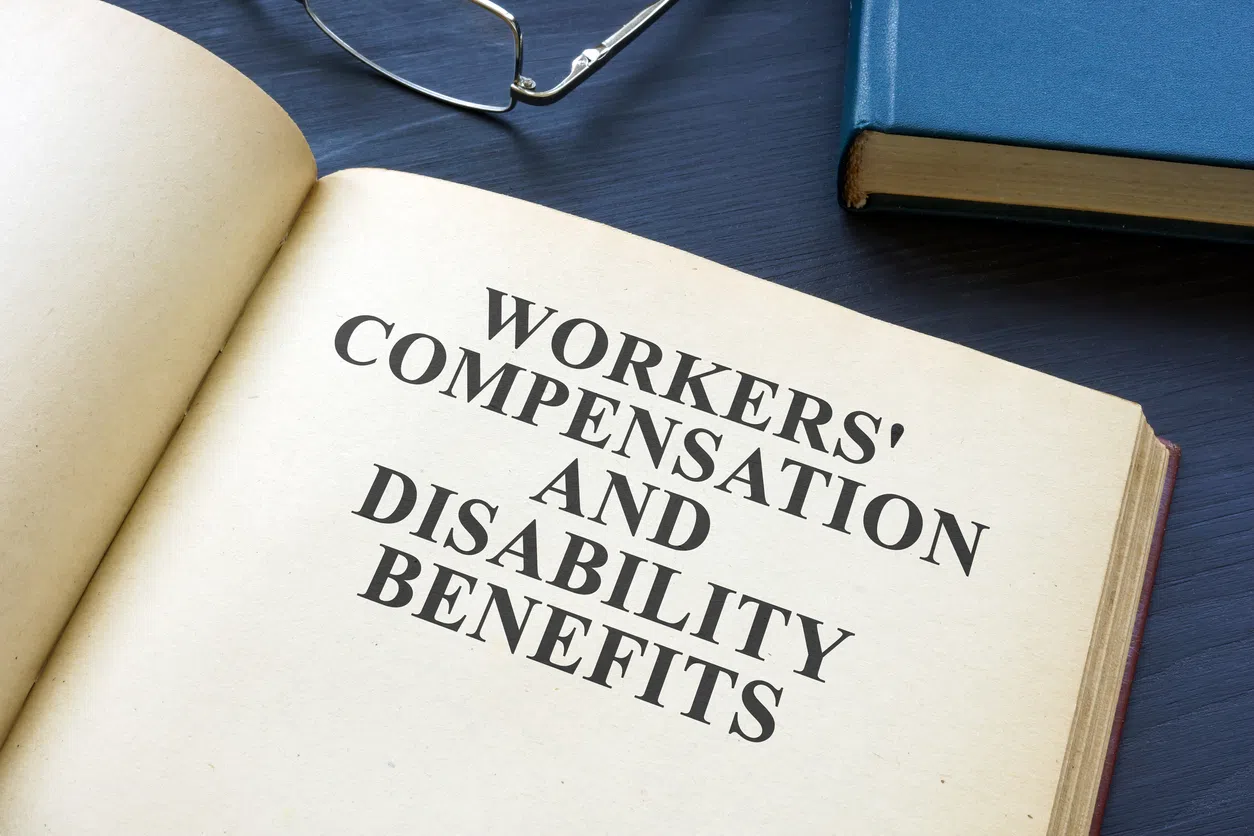Keep your employees' hands on the wheel and eyes on the road.
It's common knowledge that texting or using a cell phone while driving is dangerous. In 2013, there were nearly 425,000 injuries and more than 3,100 fatalities due to distracted driving. As a result, texting and driving is a primary offense in 41 states, and a secondary offense in five states. Hand-held cell phone use while driving is also a primary offense in 14 states.
Unfortunately, all you have to do is look at the car next to you at a red light to know that texting and cell phone use while driving is an ongoing problem. So, it's no surprise that employee cell phone use spills over into the workplace.
This article discusses scenarios in which employers have been found liable for injuries and what you — as employers — can do to limit liability.
Workers' Compensation
Employers can be held responsible for injuries resulting from an employee's negligent or reckless acts, provided the employee was acting within the scope of his or her employment. Cell phone use or texting while driving likely falls into the category of negligence.
Workers' compensation liability may also arise if an employee is injured taking a work-related call while driving. For example, in 2009, a hospice nurse was driving home from a mandatory employer training. The employee was also on call at the time. She looked down when her cell phone rang, causing her to lose control of her car and sustain injuries.
The employee sued her employer for workers' compensation benefits. The employee claimed that she looked down at her cell phone because she believed her employer was calling. Although the employer did not actually make the call, the employee still won.
The employee argued that when she was on call, "her cell phone use effectively was reserved for contact with her employer." Thus, the court found the employee's "attentiveness to the distinct requirements of her job" (i.e., answering work calls while on call) caused her to look down when her cell phone illuminated.
The court reasoned that the test for employer liability for the injury was "not whether the actual call was from the employer, but whether an injury can 'fairly be traced to the employment as a contributing proximate cause.'" The court concluded she met this standard, because her employer "required her to monitor her cell phone at all times, including while driving."
Liability to Third Parties
Employers are also routinely faced with lawsuits from individuals who are injured by their employees. Third-parties may allege respondeat superior or vicarious liability, which imposes liability on employers for negligent acts or omissions committed within the scope of an employee's employment.
For example, an employer may be held liable for an accident caused by its employee while driving as part of his or her job. Third-parties may also sue the employer on theories such as negligent retention or negligent training. Many of these cases settle, because the stakes are high for employers:
- In 2009, a jury awarded $18 million to a couple who was injured by a truck driver who was using his cell phone while driving. The employer was found to be jointly liable for the damages.
- In December 2013, a jury awarded $2.5 million for damages caused by an employee who was operating a work van during the course of his employment. There were allegations that the employee was using his cell phone at the time of the accident. The employer conceded liability and vicarious liability.
- In September 2014, a jury awarded nearly $3.4 million to a plaintiff who was injured by an employee who changed lanes while talking on his phone. The employee was traveling on business, and attempting to get directions at the time of the accident.
- In January 2015, a jury awarded $1.5 million to the plaintiff who was injured when an employee looked away from the road to text a customer. The employee ran into another vehicle, causing serious injuries to a child.
Although there are many cases in which the employer is not found liable for the accident, the expense of defending a lawsuit is substantial.
OSHA Liability
Employers should also be aware that texting while driving has garnered attention from the federal government.
On October 1, 2009, President Obama issued Executive Order 13513 directing the federal government to demonstrate leadership in combating texting while driving. Executive Order 13513 prohibits federal employees from texting while driving government vehicles or while driving for government business.
The Executive Order also states federal agencies should encourage federal contractors to adopt policies prohibiting text messaging while driving in the workplace.
In 2010, OSHA took steps to raise driver safety awareness. OSHA's Distracted Driving Initiative urges employers to prohibit any policy or practice that would require or encourage employees to text while driving.
OSHA has indicated an intent to issue citations and penalties to employers who engage in such practices. OSHA's website provides employers with resources on texting while driving, including a model policy.
Lessons Learned
Employers should be mindful of their direction to employees as it pertains to cell phone use. One way to limit employer liability is to implement and enforce a cell phone policy.
While a cell phone policy will not serve as a complete defense for employee accidents, it shows that the employer took steps to prevent this type of harm.
In addition, the existence and enforcement of a cell phone policy may have a deterrent effect.
Some employers wonder if a cell phone policy will expose them to more liability. It's true that an employer's failure to train employees on the policy or enforce the policy can be characterized by a plaintiff as negligent. An employer, however, cannot just bury its head in the sand. An employer's failure to maintain and convey a cell phone or electronic devices policy can also support a negligence claim.
Good intentions are not enough. For example, a court held an employer liable for a cell phone-related accident despite the employer's assertion that it did not permit employee cell phone use while driving. The court acknowledged that the employer "did not expect or intend for its employees to talk on cell phones while driving." The employer, however, did not convey or enforce that expectation.
In addition to limiting liability and potentially deterring cell phone use while driving, courts have denied unemployment compensation to employees who were fired for violating the employer's cell phone policy.
For these reasons, it's important for you to implement and enforce a cell phone policy. A good policy should set forth when an employee can use their cell phone on work time or for work-related matters.
Your policy should direct employees to use safe methods in responding to phone calls while driving for work purposes or while responding to work-related phone calls off duty (i.e., pull over or use hands free devices if appropriate). The policy should also contain consequences for violations. Finally, you should conduct training on the policy and diligently enforce it.
Conclusion
While reining in employee texting (and other cell phone usage) while driving is likely not foolproof, a good faith attempt at it will certainly help you defend potential legal consequences down the road.

 Joe Dreesen is a principal in the Omaha, Nebraska, office of Jackson Lewis P.C. Dreesen represents management in all aspects of labor relations and employment law. Catherine A. Cano is an associate with Jackson Lewis P.C., also representing management in all areas of labor and employment law. For additional information, visit jacksonlewis.com.
Joe Dreesen is a principal in the Omaha, Nebraska, office of Jackson Lewis P.C. Dreesen represents management in all aspects of labor relations and employment law. Catherine A. Cano is an associate with Jackson Lewis P.C., also representing management in all areas of labor and employment law. For additional information, visit jacksonlewis.com.



 Joe Dreesen is a principal in the Omaha, Nebraska, office of Jackson Lewis P.C. Dreesen represents management in all aspects of labor relations and employment law. Catherine A. Cano is an associate with Jackson Lewis P.C., also representing management in all areas of labor and employment law. For additional information, visit
Joe Dreesen is a principal in the Omaha, Nebraska, office of Jackson Lewis P.C. Dreesen represents management in all aspects of labor relations and employment law. Catherine A. Cano is an associate with Jackson Lewis P.C., also representing management in all areas of labor and employment law. For additional information, visit 
